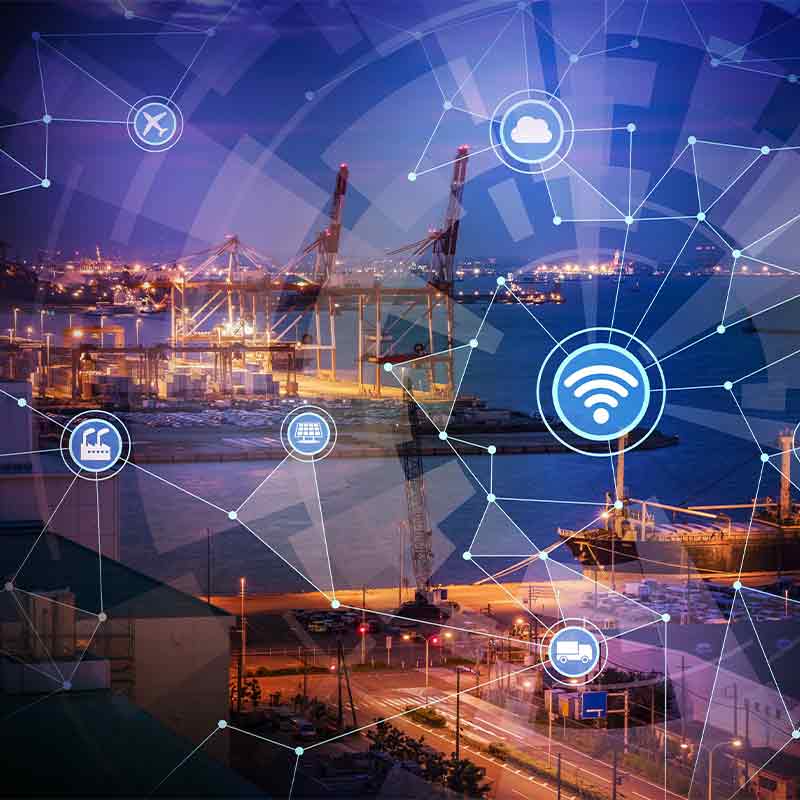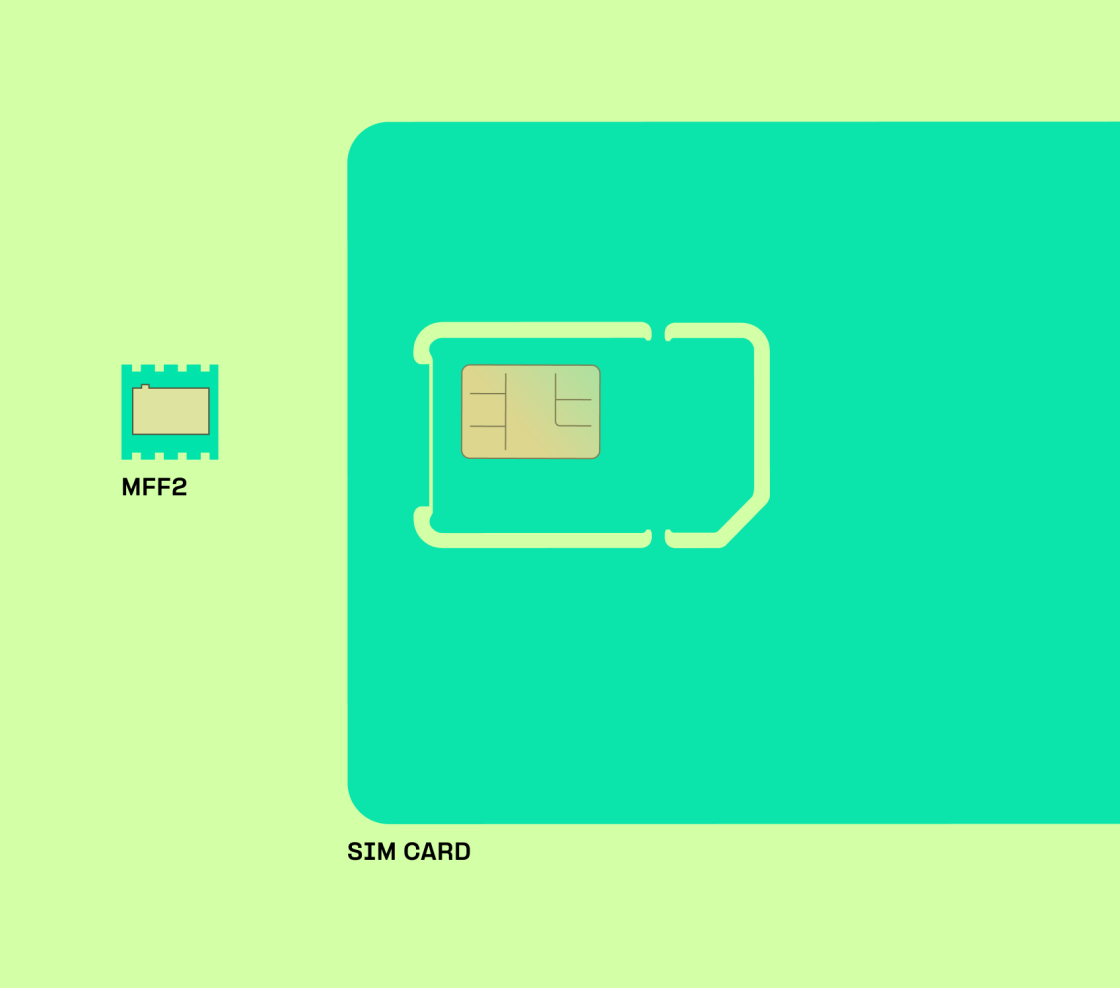Iot Remote Monitoring Solution Benefits of IoT Remote Monitoring
The speedy urbanization of the globe has emphasised the necessity for progressive solutions to manage the complexities of smart cities. The idea of smart cities encompasses numerous aspects, including environment friendly government companies, optimized transportation networks, sustainable energy management, and enhanced citizen engagement. At the guts of these advancements lies one essential element: IoT connectivity choices for smart cities.

IoT, or the Internet of Things, refers to the interconnection of devices by way of the internet, enabling them to send and obtain knowledge. In smart cities, this know-how will permit infrastructure, automobiles, and citizens to communicate seamlessly. Understanding the IoT connectivity options out there is important for city planners and decision-makers looking to enhance urban living conditions via digital transformation.
Cellular networks have emerged as a popular alternative for IoT connectivity because of their robustness and extensive protection. With the recent advancements in 4G and the roll-out of 5G networks, the bandwidth for knowledge transmission has significantly elevated. 5G know-how, particularly, provides decrease latency and better capacity, making it best for applications that require real-time knowledge change. Smart autos, for example, benefit significantly from this enhanced connectivity, enabling them to regulate routes based on real-time visitors updates or collaborate with other vehicles to enhance security on the roads.
LoRaWAN (Long Range Wide Area Network) is one other standout option for IoT connectivity. This technology is designed for low-power units operating over lengthy distances. Its capacity to cowl wider geographical areas makes it particularly engaging for monitoring methods similar to environmental sensors or these monitoring waste collection. LoRaWAN's low-energy requirements permit units to operate over prolonged periods, significantly lowering maintenance and battery alternative wants.
Iot Remote Asset Monitoring Solution Top 20 Systems Transforming IoT Industries
Another crucial player within the IoT connectivity subject is satellite communication. While often perceived as an expensive option, satellite technology has turn out to be increasingly accessible. It provides a unique benefit in remote or hard-to-reach areas the place traditional cellular or broadband connections are unavailable. This makes it an important possibility for smart city initiatives that purpose to supply protection in each nook and cranny of city environments.
Wi-Fi expertise, too, retains its relevance in IoT connectivity choices for smart cities. Many municipalities are deploying public Wi-Fi networks, creating hotspots that enable residents and guests to stay linked at no cost. Such initiatives not solely enhance citizen engagement but in addition foster a sense of group. Smart city functions like public transportation monitoring or interactive city maps thrive when customers can readily access Wi-Fi, enabling real-time updates and data sharing.
Bluetooth expertise finds its place within the IoT panorama as properly, significantly in native functions. It is broadly used in smart constructing technologies, where varied gadgets like thermostats, lighting methods, and home equipment can talk with each other. By facilitating proximity-based interactions, Bluetooth creates a more energy-efficient and responsive residing environment.
Iot Global What is Remote Monitoring in IoT?
Edge computing typically works in conjunction with these connectivity options to improve the effectivity of smart metropolis operations. Rather than sending all data back to a central server for processing, edge computing allows data to be processed closer to where it's generated. This ends in faster response occasions and less strain on bandwidth, making it especially helpful for applications that require fast actions, similar to site visitors administration techniques and emergency response services.
Security issues characterize a pivotal consideration within the alternative of IoT connectivity options. Urban planners should be certain that the methods they deploy are protected against potential cyber threats that would disrupt city services. The adoption of end-to-end encryption for information communication can considerably reduce dangers. Furthermore, common software program updates and vulnerability assessments are essential to maintain the network strong towards evolving menace landscapes.
It Remote Monitoring Software Advantages of IoT Monitoring Systems
The integration of machine studying and artificial intelligence with IoT connectivity additional enhances the functionality of smart metropolis methods. These technologies can analyze gathered information to predict potential points before they come up. For instance, knowledge from environmental sensors can inform predictive maintenance schedules for metropolis infrastructure, allowing sources to be allocated more successfully and decreasing prices.
Community input performs useful content a crucial position in shaping the success of smart city initiatives. Residents must be actively engaged within the design and implementation of IoT options. Offering platforms for citizen suggestions creates an inclusive ambiance where technology meets real-world needs. Engaging with the community builds trust and helps determine which IoT connectivity choices would work finest in the specific context of each metropolis.

Investing in IoT connectivity options just isn't merely a technological improve; it impacts the economic panorama of smart cities. Effective IoT solutions can streamline government companies, scale back operational costs, and appeal to companies. Increased efficiency results in improved public services, making the city environment extra appealing to residents and tourists alike.
Remote Iot Monitoring Solution Asset Monitoring Solutions with IoT
Collaborative efforts between private and non-private sectors can accelerate the event of smart city initiatives. Government partnerships with know-how companies can unlock progressive funding mechanisms and bring the latest technologies into urban planning. Rather than viewing IoT connectivity as an isolated resolution, a holistic approach that mixes numerous technologies presents enhanced alternatives for development and sustainability.

While challenges persist, similar to interoperability between units and methods, the concerted efforts of stakeholders can handle these obstacles. Establishing standardized protocols and frameworks can ease the combination of diverse technologies, allowing different units and systems to communicate successfully. This harmonization fosters a extra resilient infrastructure that may adapt to future wants as cities evolve.
In conclusion, the future of urban living relies upon considerably on the effective implementation of IoT connectivity choices for smart cities. The various vary of technologies out there presents varied possibilities to reinforce effectivity, sustainability, and citizen engagement. As these cities evolve, a balanced strategy that considers neighborhood wants, safety, and technological advancements will lead to successful city transformation. With the proper methods in place, smart cities can provide a better quality of life for their residents while setting the inspiration for innovation.
- Smart cities leverage LPWAN technologies like LoRaWAN for low-power, long-range communication, facilitating energy-efficient knowledge transmission amongst IoT gadgets.
Remote Monitoring Advantages of IoT Monitoring Systems
- Cellular networks, notably 5G, present high-speed connectivity perfect for applications requiring real-time information switch, such as smart traffic techniques and autonomous autos.
- Wi-Fi 6 presents enhanced bandwidth and reduced latency, important for densely populated city environments the place numerous smart units coexist.
- Mesh networking permits IoT gadgets to communicate immediately with each other, improving coverage and reliability in areas where traditional web entry could additionally be restricted.
- Satellite connectivity presents an option for remote or under-served city areas, ensuring that IoT devices keep consistent communication capabilities.
Remote Monitoring Solutions System for Remote IoT Monitoring
- Zigbee and Z-Wave protocols enable for seamless communication between smart house gadgets, contributing to energy management and security inside residential smart cities.
- NB-IoT (Narrowband IoT) optimizes battery life and helps a vast variety of devices, making it appropriate for environmental monitoring and smart meter functions.
- Edge computing enhances IoT connectivity by processing information close to the source, lowering latency and bandwidth use for smart city's functions like surveillance and public safety.
Iot Revolution Technologies IoT Wireless Sensors for Monitoring
- Streetlight networks equipped with sensor know-how use a combination of wired and wi-fi connections, creating a foundation for integrated smart metropolis infrastructure.
- Blockchain technologies can improve safety and information integrity in IoT communications, fostering trust in smart metropolis applications similar to identification administration and utility billing.
What are the main IoT connectivity choices available for smart cities?
Remote Iot Monitoring Solution Insights from IoT Monitoring Reports
The main IoT connectivity choices for smart cities embrace LoRaWAN, NB-IoT, cellular networks (like 4G and 5G), Wi-Fi, and satellite tv for pc communication. Each of those options has distinct advantages and is suitable for various use instances, such as environmental monitoring, smart waste management, and concrete mobility.
What factors ought to cities consider when choosing an IoT connectivity option?
Cities ought to think about factors such as coverage area, knowledge transmission pace, energy consumption, cost, and scalability. It’s essential to assess the precise necessities of the applications being deployed to choose out probably the most applicable connectivity option.
How does LoRaWAN benefit smart metropolis applications?
It Remote Monitoring Software What is Remote Monitoring in IoT?
LoRaWAN offers long-range communication with low power consumption, making it best for smart metropolis purposes like sensing and monitoring infrastructure. Its capacity to help thousands of devices per gateway permits cities to scale their IoT deployments effectively.

Is NB-IoT a good match for urban environments?
Yes, NB-IoT is particularly suited for city environments due to its capability to penetrate buildings and provide dependable connections in densely populated areas. It requires much less power, extending the battery lifetime of connected gadgets, which is helpful for long-term deployments.
What function does 5G play in smart metropolis infrastructure?
Remote Iot Monitoring Solution Remote Insights through IoT Monitoring
5G offers high-speed, low-latency connectivity, which is essential for real-time purposes in smart cities, such as autonomous automobiles and smart traffic management systems. Its increased capability and efficiency enable cities to deal with extra related units simultaneously. It Remote Monitoring Software.
How do Wi-Fi networks evaluate to different IoT connectivity options?
Wi-Fi networks are commonly utilized in compact areas, providing high-speed information switch and ease of deployment. However, they will not be your greatest option for widespread IoT purposes in smart cities the place long-range connectivity and low power consumption are image source important (Iot Global).
Remote Monitoring Solutions Insights from IoT Monitoring Reports
Are there safety considerations with IoT connectivity in smart cities?
Yes, safety is a big concern as extra gadgets hook up with the Internet. Smart cities must implement strong security measures, similar to encryption and regular software updates, to protect in opposition to potential vulnerabilities and cyber threats.
How can smart cities handle the interoperability of various IoT connectivity options?
Remote Iot Monitoring Solution Software for IoT Remote Monitoring
Managing interoperability includes establishing widespread communication protocols and standards. This facilitates the combination of varied IoT units and techniques, permitting smart cities to work collectively seamlessly and improve operational efficiency.
What is the way forward for IoT connectivity choices for smart cities?
The future of IoT connectivity choices for smart cities is prone to involve advancements in 5G and past, larger integration of artificial intelligence for decision-making, and enhanced collaboration amongst technology providers. Continuous innovation will drive smarter and extra efficient city environments.